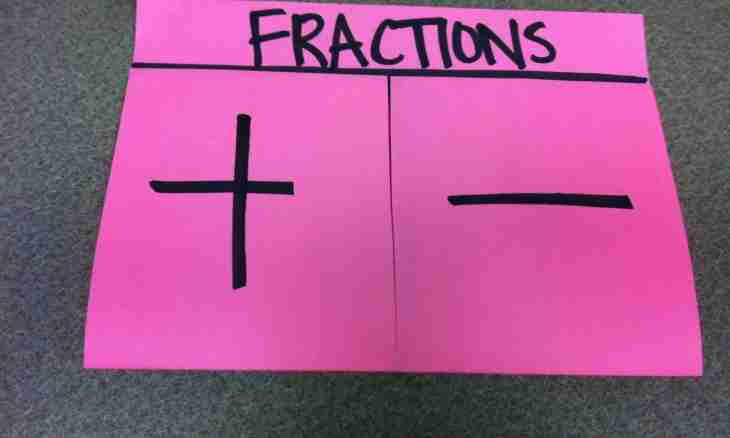There are two options of problem statement: 1) when it is necessary to define a mass fraction of an element in substance; 2) when it is necessary to define a mass fraction of the dissolved substance.
It is required to you
- It is necessary to define to what option your task belongs. In case of the first option you need Mendeleyev's table. In case of the second - it is necessary to know that solution consists of two components: the dissolved substance and solvent. And the mass of solution is equal to the mass of these two components.
Instruction
1. In case of the first option of a task: According to Mendeleyev's table we find the molar mass of substance. Molar weight it is equal to the sum of atomic masses of the elements which are a part of substance. For example, molar mass (Mr) of a hydrokisd of Sa calcium (ON) 2: Mr (Sa (IT) 2) = Ar(Ca) + (Ar(O) + Ar(H)) *2 = 40 + (16 + 1)*2 = 74. The molar mass of atoms undertake from Mendeleyev's table.
2. We calculate a mass fraction of an element (ω), for example calcium in calcium hydroxide. The mass fraction is equal to the relation of atomic mass of an element to the molar mass of substance: ω = Ar: Mr. In case of calcium hydroxide: ω (Sa) = 40:74 = 0.54. It is a mass fraction of an element in unit shares.
3. In case of the second option of a task: To define what masses is given you, namely: weight the dissolved substances and mass of solution or mass of the dissolved substance and mass of solvent.
4. If the mass of the dissolved substance and solution are given, then the mass fraction is equal to the relation of mass of the substance dissolved (river of century) to the mass of solution.ω = to m (river of century): m (solution) For example, if mass of salt of 40 g, and mass of solution of 100 g, then ω (salts) = 40:100 = 0.4. It is a mass fraction of the dissolved substance in unit shares.
5. If the mass of the dissolved substance and solvent are given, then at first it is necessary to determine the mass of solution. The mass of solution is equal to the sum of mass of the dissolved substance (river of century) and solvent (r-la) of .m (solution) = to m (river of century) + to m (r-la) Naprimer if the mass of salt of 40 g, and the mass of water of 60 g, then m (solution) = 40 + 60 = 100 (g). Then the mass fraction of the dissolved substance to similarly previous step is calculated.
6. To find a mass fraction as a percentage it is necessary to increase a mass fraction in unit shares on 100.ω (Sa) = 0.54 * 100 = 54%

